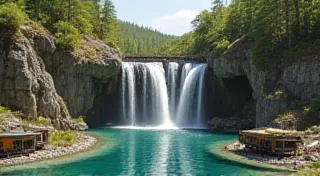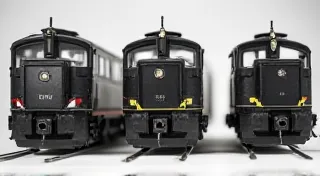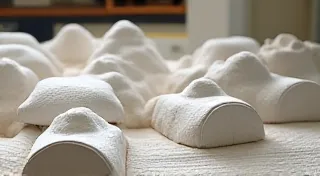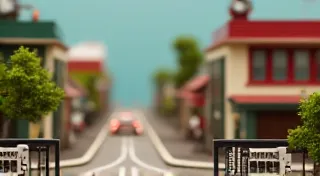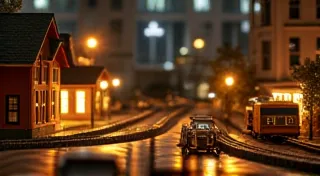The Iron Thread: Weaving a Miniature Railroad into the Fabric of Community
There’s a peculiar magic in watching a miniature world come to life. Not the vibrant, digitally rendered worlds of video games, but the tangible, lovingly crafted realities of a model railroad layout. It’s a magic rooted in history, ingenuity, and a deep appreciation for detail. And, perhaps unexpectedly, it’s a magic that’s fundamentally about connection—about weaving a shared passion into the fabric of community. For the serious model railroader, the train hobby is rarely a solitary endeavor; it's a vibrant tapestry of shared experience and collective creativity, as rich and intricate as the layouts themselves.
I recall visiting my grandfather’s workshop as a child. The scent of sawdust and varnish clung to the air, and the gentle hum of his miniature steam engine – a meticulously restored H0 scale Baldwin 2-8-0 – was the soundtrack to my afternoons. He wasn't just building a railroad; he was building a legacy, a space for connection. He’s gone now, but the memory of that workshop, and the community it fostered, remains vivid. It wasn't just about trains; it was about the stories shared, the lessons learned, and the enduring friendships forged within that small, meticulously crafted world.
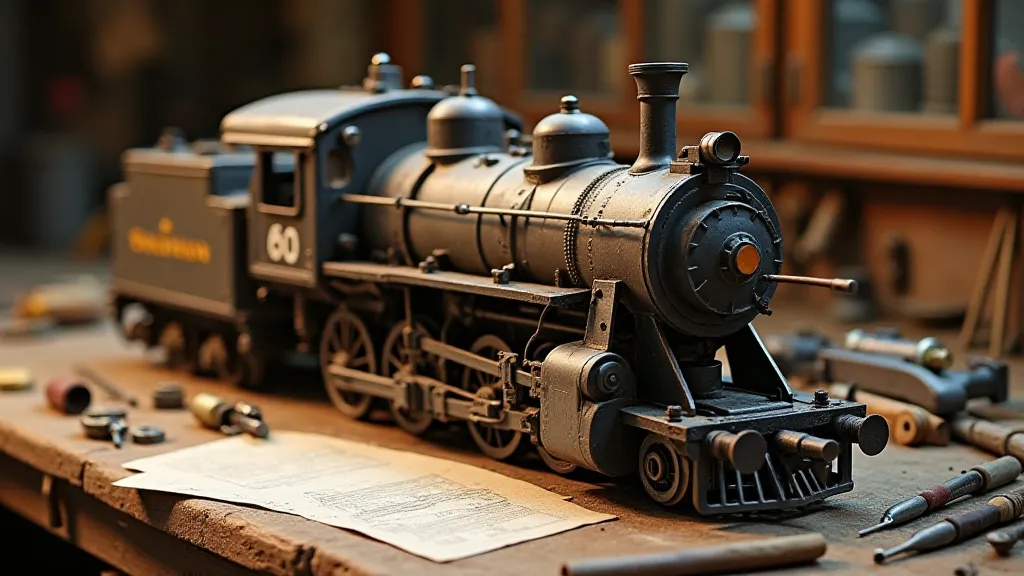
A History of Shared Rails
The history of model railroading is inextricably linked to the broader history of railroads themselves. As railroads revolutionized transportation in the 19th century, inspiring awe and wonder in the public imagination, the desire to recreate those marvels in miniature was inevitable. Early model trains were largely the domain of wealthy industrialists, meticulously crafted replicas of their real-world counterparts. But as manufacturing techniques improved and the hobby became more accessible, a vibrant community began to emerge. The birth of Lionel in the early 1900s marked a pivotal moment, democratizing the train hobby and fueling the growth of countless local clubs and societies.
These early clubs weren’t just about running trains. They were social hubs, places where enthusiasts could share knowledge, collaborate on projects, and build lasting relationships. The meticulous craftsmanship demanded by model railroading fostered a culture of shared expertise, with experienced modelers generously mentoring newcomers. The camaraderie, the collective problem-solving—these were, and remain, the heart of the hobby.
The Reciprocal Benefits of Mentorship
The mentorship aspect of model railroading is particularly powerful. For the novice, a seasoned mentor can provide invaluable guidance, from basic track planning to advanced weathering techniques. The sheer volume of knowledge required to build a truly convincing layout can be overwhelming, and having someone to navigate that complexity is a tremendous asset. But the benefits aren't one-sided. Mentors, too, gain from the experience. Teaching others reinforces their own understanding, exposes them to fresh perspectives, and injects new energy into their passion.
I remember struggling to get my first locomotive's motor running smoothly. An older gentleman at the local hobby shop, seeing my frustration, patiently walked me through the troubleshooting process, sharing tips he’s learned over decades of experience. He didn’t just fix the motor; he instilled in me a deeper appreciation for the mechanics of these miniature machines, and a profound sense of gratitude for the generosity of the community.
Collaborative Design: A Symphony of Skills
Beyond individual mentorship, collaborative layout projects offer a unique opportunity for shared creativity and camaraderie. Large-scale layouts, often built by multiple individuals or entire clubs, are testaments to the power of collective effort. Each member contributes their unique skills and expertise – one might be a master craftsman, specializing in detailed scratch building; another might be a landscape artist, creating realistic scenery; and yet another might be a signal systems expert, replicating complex railway operations.
The design process itself becomes a fascinating exercise in compromise and collaboration. Disagreements are inevitable, but they are usually resolved through respectful discussion and a shared commitment to creating something truly special. The final product is more than the sum of its parts; it’s a reflection of the collective vision and the enduring bonds of friendship forged in the process.

Beyond the Track: Community and Belonging
The train hobby, at its best, transcends the physical layout itself. It's about connecting with like-minded individuals, sharing a passion, and creating a sense of belonging. Online forums and social media groups have further expanded the reach of the community, allowing enthusiasts from around the world to connect and share their experiences.
The emotional resonance of these connections is often profound. For some, model railroading provides a welcome respite from the stresses of daily life. For others, it provides a creative outlet, a way to express their artistic talents. And for many, it’s simply a source of joy and companionship. My grandfather, long after his retirement, found solace and purpose in building and sharing his railroad. It wasn't just a hobby; it was a lifeline.
Restoration and Collecting: Preserving the Legacy
For those with a deeper interest in the history of the hobby, restoration and collecting offer another avenue for connection and appreciation. Restoring antique locomotives or rebuilding vintage layouts can be a deeply rewarding experience, allowing enthusiasts to preserve a piece of railway history and share it with others. The process of understanding the original craftsmanship, troubleshooting mechanical issues, and bringing a forgotten machine back to life is a testament to the enduring appeal of the train hobby.
Collecting, too, fosters a sense of community, as enthusiasts share their knowledge and expertise, trading information and rare pieces. It’s a chance to engage with the history of the hobby and connect with the individuals who shaped it.
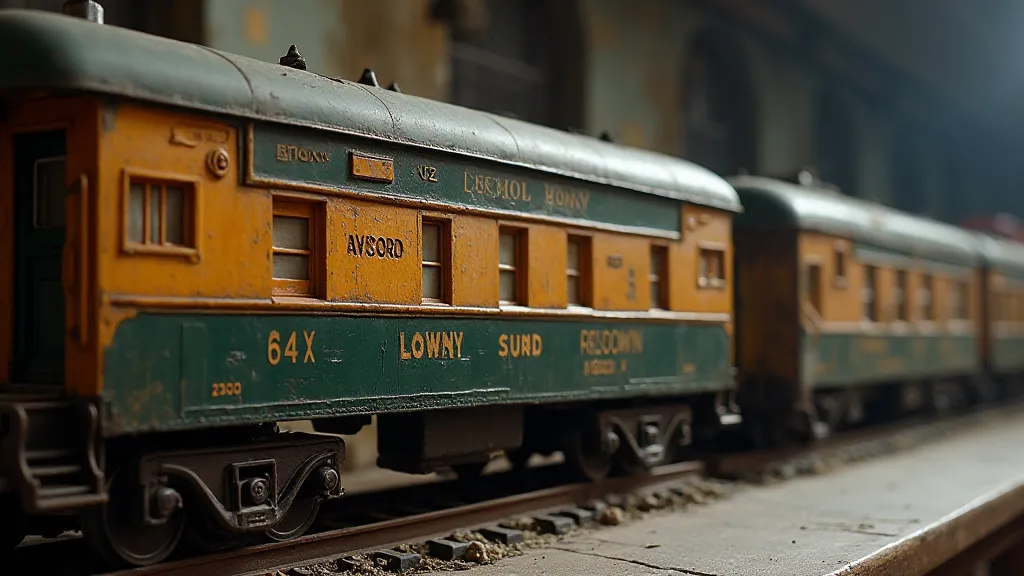
The iron thread that runs through the world of model railroading isn't just about steel rails and miniature locomotives. It’s about the connections forged, the lessons learned, and the enduring friendships built within this vibrant community. It's a reminder that even in a world increasingly dominated by digital interactions, the simple act of building something tangible, and sharing it with others, can create a profound sense of belonging and enrich our lives in countless ways.
